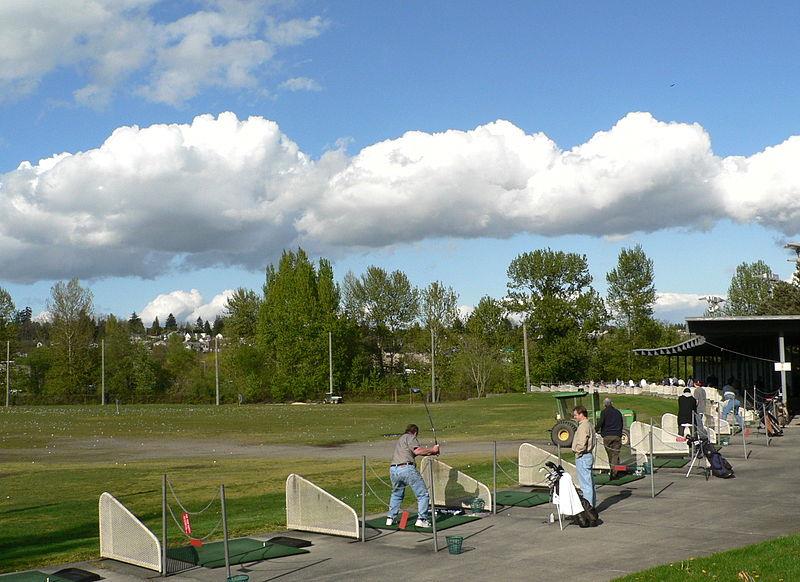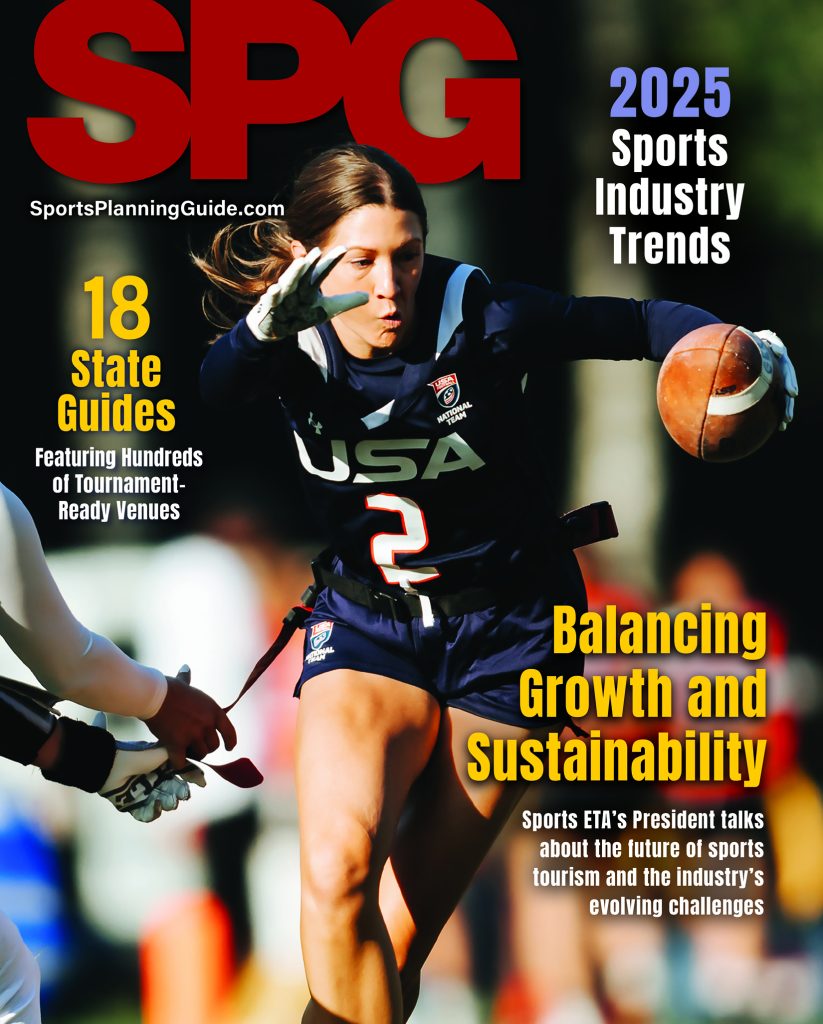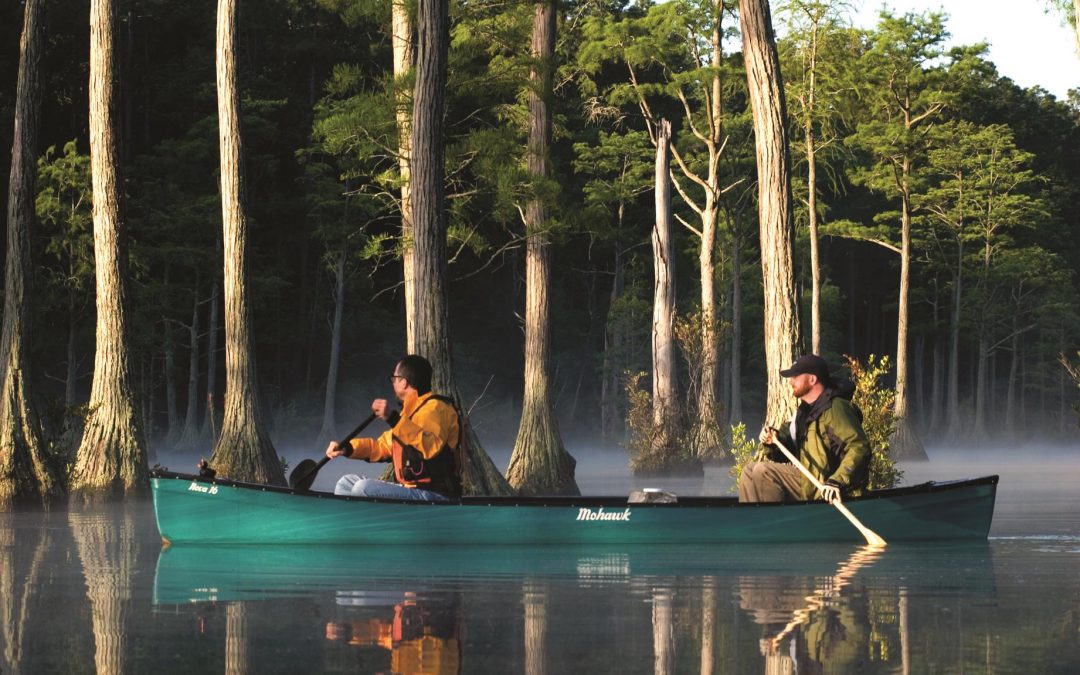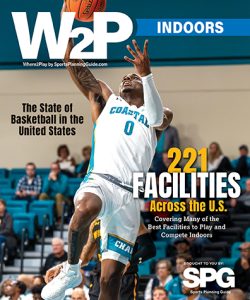This past weekend many of us enjoyed the conclusion of another exciting Masters, the first major PGA Tour major tournament of the year. Television ratings were strong and even non-golfers tuned in to see the dramatic finish. The question on the minds of insightful sports commissions and convention & visitors bureaus: “Are there opportunities in golf for us?”
Communities capable of hosting a major PGA Tour event are limited. Phoenix, with title sponsor Waste Management, hosts the Waste Management Phoenix Open with a $6.2-million purse. The key to its success is a major sponsorship and the work of a legion of volunteers. The formula on other professional tours is similar, although not quite as rich.
The next April stop for The Champions Tour is the Greater Gwinnett Open and a $1.8-million purse. The Web.com finished play in Midland, Texas at the WNB Golf Classic on April 14 with a purse of $600,000. This week the LPGA Tour ventures to Kapolei, Oahu, Hawaii for the second year of the $1.7-million purse LPGA LOTTE Championship Presented by J Golf.
With substantial sponsors and volunteers, each professional tour is making significant donations to charity. With a record $130 million donated in 2012, the PGA Tour leads the way and is approaching the $2 billion mark since its inception in 1938. For decades golf has been a sport whose generosity has been an important component of its culture. It’s this history that may be the first link to your local opportunity.
Local Charity Tournaments
Every weekend and numerous weekdays throughout the year, you can find a charity golf tournament at many local municipal and country club golf courses. The charities vary from local chapters of national organizations like Wounded Warriors and United Way to golf-related subjects like First Tee and Golf for Girls.
With a meaningful charity in hand, a tournament organizer and the golf course of choice determine a date for the event. Remember that a community with limited golf facilities may have difficulty selecting a date. Members of the golf club may look upon a golf tournament as an annoyance. Be flexible with the date.
With a host course and date confirmed, the next stop is obtaining sponsorships at Gold, Silver and Bronze levels. Recognition on all promotional materials and on-course materials is standard. The right sponsors have a commitment to the selected charity, but will be a good source for both volunteers and players.
A golf event will not attract the volume of day travelers that even a small diamond tournament will bring. However, the tourism dollars they generate far exceeds the $50-$65 amount the average day traveler spends. Entry fees alone from 72 tournament golfers at $75 each are significant. Their on-course spending coupled with pre- and post-event functions show a very nice return on investment for a charity tournament.
Golf Travelers
The National Golf Foundation (NGF) estimates there are 11.4 million golf travelers that played at least one round while away on business or vacation. The NGF reported that 68 million rounds are played on the road. It’s interesting to note that NGF considers there are 14.4 million moderate and avid golfers that account for 94 percent of the rounds played and 94 percent of the dollars spent.
There are two ways to utilize the information. One way is to make certain that your golf product is clearly portrayed in everything you do. If you have a golf course and it has a pro shop, make certain your business and vacationing guests have information readily available. Visitor and welcome centers and hotel lobbies are vital to the success of your golf product. Utilize large images and brochures wherever you can.
A second approach is to investigate expanding your local charity golf tournament into an overnight event. Consider a father-son or mother-daughter golf event. Be generous with the relationships to include grandparents, aunts, uncles, nephews and nieces to allow a full range of participation. This is a regional tournament that requires promotional investment, but should be designed to generate room-night revenue. Work with similar national and regional tournaments to trade entries as prizes.
It would be great to be a golf destination along the lines of North and South Carolina, Florida, Alabama or Arizona. We’re not all blessed with the climate and product that’s needed to have a wholesale attraction to the traveling golfer. However, there are opportunities to maximize your business from the traveling golfer if you do your homework.
Golf Teams
The golf teams at high schools, colleges and even major universities are often overlooked. They are not seen as revenue generators, while spectators are mostly family and friends. Frequently, golf teams are high on the list of budget cuts when sports funding is challenged.
Golf definitely has its place with individual matches being replaced by invitational tournaments with tourism dollars generated. You would expect Coastal Carolina University in Conway, S.C. to host a major collegiate tournament in Myrtle Beach the “Seaside Golf Capital of the World.” Ten major college five-player teams with coaches and staff each spent at least two nights there in early March.
Toledo, Ohio may not be considered a golf mecca, although its Inverness Club has hosted major PGA Tour championships. Still the Inverness Collegiate Invitational in mid-September attracted 10 college and university teams. Teams traveling to the tournament along with friends and family generate tourism dollars into the local economy.
If you have a championship golf course in your community but are lacking a college or university, consider the following. The 2013 Big South Conference Championship is being played in Ninety Six, S.C.
High school teams still tend to play nine-hole matches with other teams in the area. Minimal travel is required. However, more and more schools are looking to college-type invitational tournaments to help support their programs. Here’s where sports commissions and CVBs can lend a hand. Helping coach and boosters with hotel packaging and meal programs is certainly appreciated.
With a few years of a successful high school tournaments under its belt, the community is ready to position itself for regional and statewide high school championships. It’s clean business and certainly a boost to tourism dollars.
It’s obvious that an allegiance to golf will not always be in the best interest of every community. However, it is well worth the effort for every sports commission, travel commission or CVB to take inventory of its golf product and determine exactly where it fits in your strategic plan. If tourism dollars can be realized, make the commitment.
—By Dave Bodle








